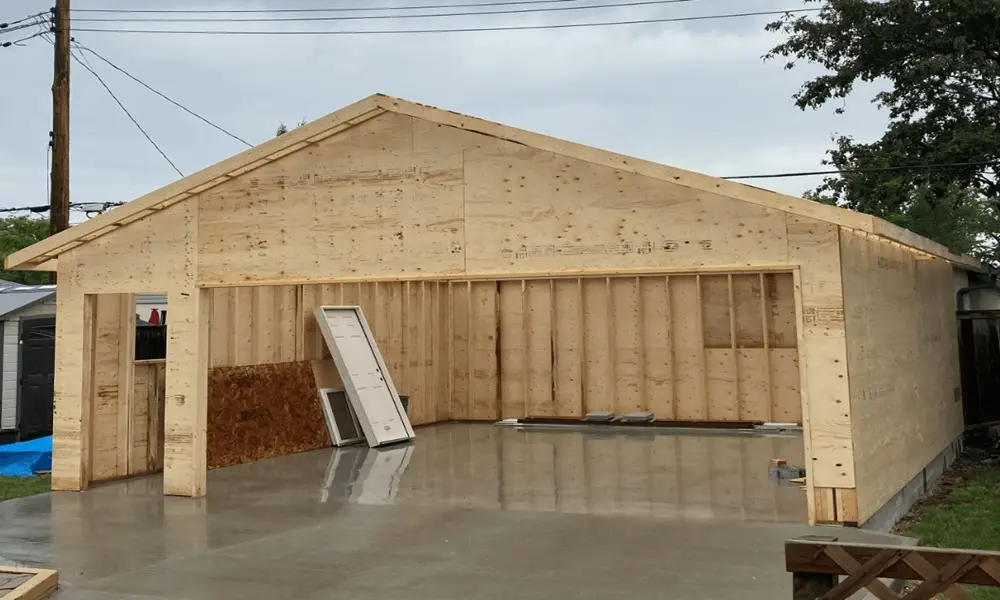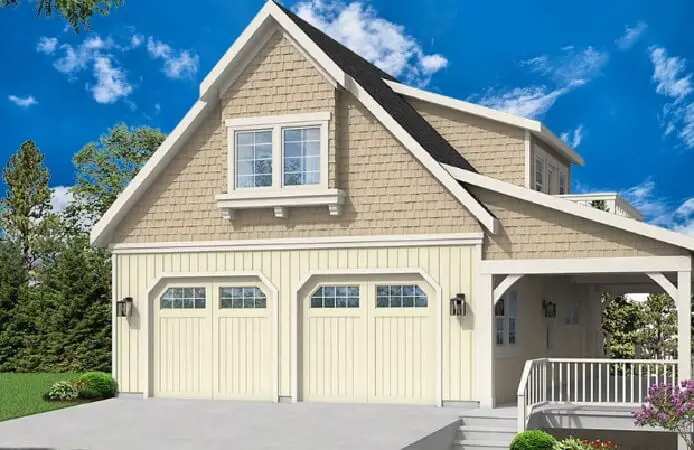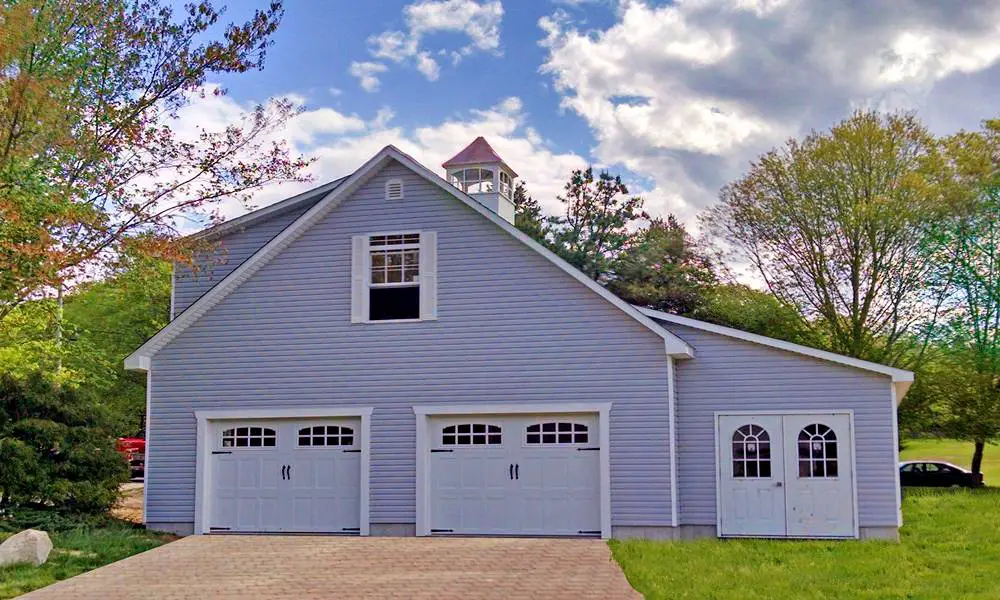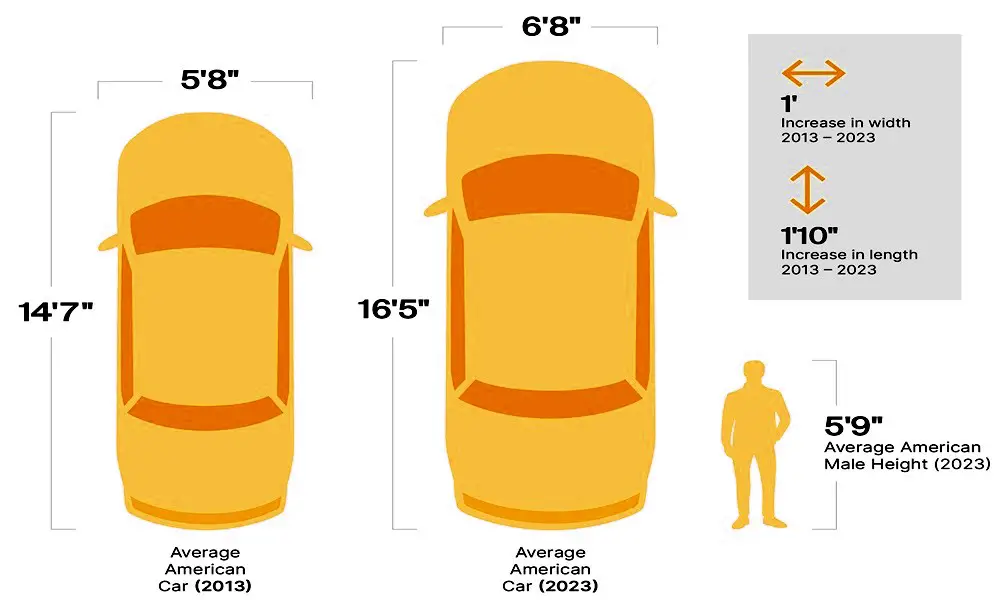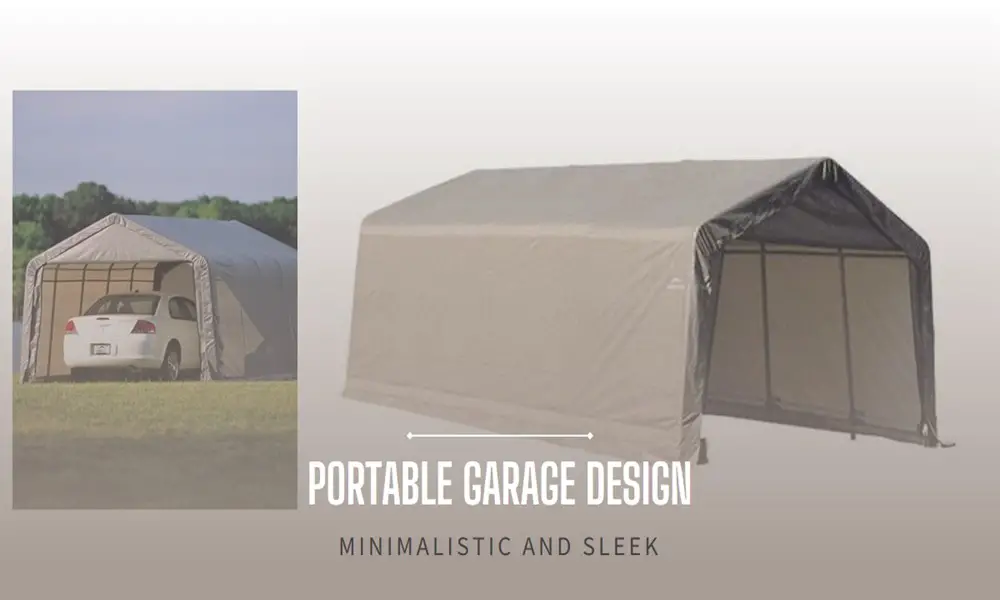How Many Square Feet Is a 5 Car Garage?
How Many Square Feet Is a 5 Car Garage In the ever-expanding realm of homeownership, the demand for larger and […]

How Many Square Feet Is a 5 Car Garage

In the ever-expanding realm of homeownership, the demand for larger and more functional spaces is becoming increasingly prevalent. One area where this is especially noticeable is the garage, with enthusiasts and homeowners alike often wondering, “How many square feet is a 5-car garage?”
I created this article with the aim of exploring these dimensions, benefits, and considerations associated with this fairly large structure, so that you get useful information.
Calculating the Square Footage of a 5 Car Garage
When planning to build or assess the size of a garage, understanding how to calculate the square footage is crucial. A 5-car garage, designed to accommodate multiple vehicles, necessitates a straightforward yet effective formula to determine its total square footage.
The Formula
To calculate the square footage of a 5-car garage, use the following formula:
Square footage = length × width × number of bays
Example Calculation
Let’s consider an example: a garage that is 20 feet wide and 30 feet long, with space for 5 cars.
Square footage = 20 feet × 30 feet × 5 bays
Square footage = 1,200 square feet
In this scenario, the total square footage of the 5-car garage would be 1,200 square feet. It’s important to note that this calculation assumes a standard size for each car bay, typically following industry standards.
You need to know this:
Factors Affecting the Size of a 5 Car Garage

When contemplating the construction or assessment of a 5-car garage, various factors come into play, influencing the final size and dimensions of the structure. Understanding these factors is crucial for homeowners and builders alike, ensuring that the garage meets both functional and aesthetic requirements.
1. Number of Vehicles
The most obvious determinant of a 5-car garage’s size is the number of vehicles it is designed to accommodate. While the term “5-car garage” suggests a standard size, variations may arise based on the owner’s preferences or the intended use of the space.
2. Storage Needs
Beyond providing shelter for vehicles, homeowners often use garages for storage. The inclusion of storage shelves, cabinets, or dedicated storage areas impacts the overall square footage required for a 5-car garage.
3. Workspace Requirements
For individuals using the garage as a workspace or hobby area, additional square footage is necessary. Considerations for workbenches, tool storage, and maneuvering space contribute to the overall dimensions of the garage.
4. Customization Preferences
Homeowners may have specific customization preferences, such as a designated area for a home gym, workshop, or even a small studio. These personalized features influence the size and layout of the garage.
5. Local Building Codes
Adherence to local building codes and regulations is crucial. Some areas have specific requirements regarding minimum dimensions for each car bay, setbacks from property lines, and overall square footage, affecting the design and construction of the garage.
6. Accessibility Considerations
The ease with which vehicles can enter and exit the garage, as well as maneuver inside, plays a vital role in determining its size. Door configurations, turning radii, and parking layout are essential factors to consider.
7. Future Planning
Homeowners may also factor in potential future needs. If there’s a possibility of acquiring additional vehicles or expanding the use of the garage, planning for these contingencies ensures a garage that remains relevant over time.
8. Architectural Style
The architectural style of the home and the property layout contribute to the garage’s overall design. Whether attached or detached, matching the garage’s style with the existing structures enhances the property’s visual appeal.
9. Budget Constraints
Practical considerations often revolve around budget constraints. Homeowners must balance their desires for a spacious and feature-rich garage with the financial resources available for construction.
10. Climate Considerations
In regions with extreme weather conditions, homeowners may choose to allocate space for additional features like a mudroom or winter gear storage within the garage, impacting its overall size.
Standard Dimensions for a 5 Car Garage
When envisioning a 5-car garage, understanding the standard dimensions is crucial for planning and construction. The term “5-car garage” implies a structure capable of accommodating five vehicles comfortably. However, achieving the right balance between space and functionality requires adherence to standard dimensions and thoughtful design considerations.
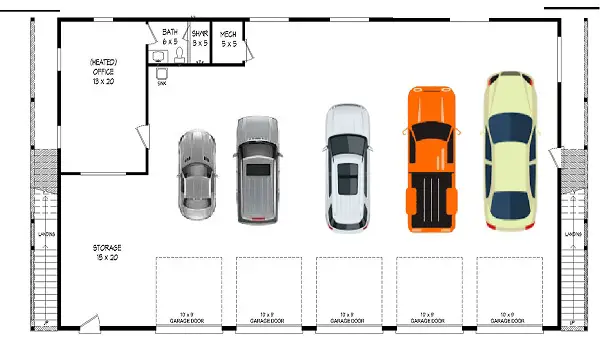
Length and Width
The standard dimensions for a 5-car garage in terms of length and width depend on the number of vehicles and their sizes. Generally, a 5-car garage should have a minimum length of 60 feet and a width of at least 40 feet. This ensures enough space for parking five vehicles side by side while allowing room for maneuverability.
Individual Bay Dimensions
Dividing the total length by the number of vehicles provides the dimensions for each individual bay. For a 5-car garage, each bay would be approximately 12 feet wide. This width accommodates most standard-sized vehicles and provides ample space for opening doors and moving around the vehicles comfortably.
Door Configurations
The standard garage door width is typically 9 or 10 feet for a single door. Therefore, a 5-car garage may feature multiple garage doors, each measuring 9 to 10 feet in width. The number of doors and their placement depend on the garage’s layout and design preferences.
Ceiling Height
A standard ceiling height for a garage is around 8 to 9 feet. However, for a 5-car garage, considering a higher ceiling, such as 10 to 12 feet, is advisable. This not only accommodates larger vehicles like SUVs and trucks but also allows for potential storage solutions and the installation of overhead lifts if needed.
Additional Features and Space
Beyond parking spaces, homeowners often incorporate additional features into their 5-car garages. This may include storage areas, workspaces, or even a recreational area. Planning for these features requires allocating extra square footage while ensuring they complement the overall design.
Zoning Regulations and Setbacks
Before finalizing the dimensions of a 5-car garage, it’s essential to check local zoning regulations. Setback requirements, which determine how far the garage must be from property lines, can influence the available space for construction.
Architectural Harmony
Maintaining architectural harmony with the existing structure is vital for aesthetic appeal. The 5-car garage should seamlessly integrate with the overall design of the home and property, whether it’s attached or detached.
Future Considerations
Anticipating future needs is a wise approach. While the standard dimensions provide a foundation, leaving room for potential expansions or modifications ensures the garage remains versatile and adaptable over time.
Consulting with a Professional
To ensure that your 5 car garage is tailored to your specific needs, it’s highly recommended to consult with a builder or architect. They have the expertise to assess your requirements and provide you with a custom design that optimizes space and functionality.
Conclusion
In the realm of homeownership, the construction of a 5-car garage is a significant undertaking that requires careful consideration of various factors. From the number of vehicles it accommodates to additional features and adherence to standard dimensions, creating a functional and aesthetically pleasing garage involves a thoughtful blend of practicality and design.
The standard dimensions for a 5-car garage, including length, width, and individual bay dimensions, provides a foundational framework for homeowners and builders. This ensures that the garage not only meets the immediate needs of vehicle storage but also allows for future adaptations and potential expansions.
Related article
How Many Square Feet is a 1 Car Garage
How Many Square Feet is a 2 Car Garage?
